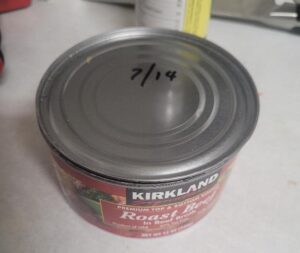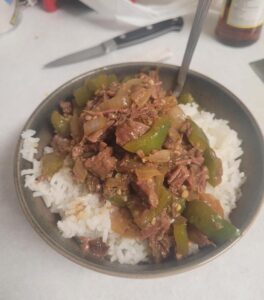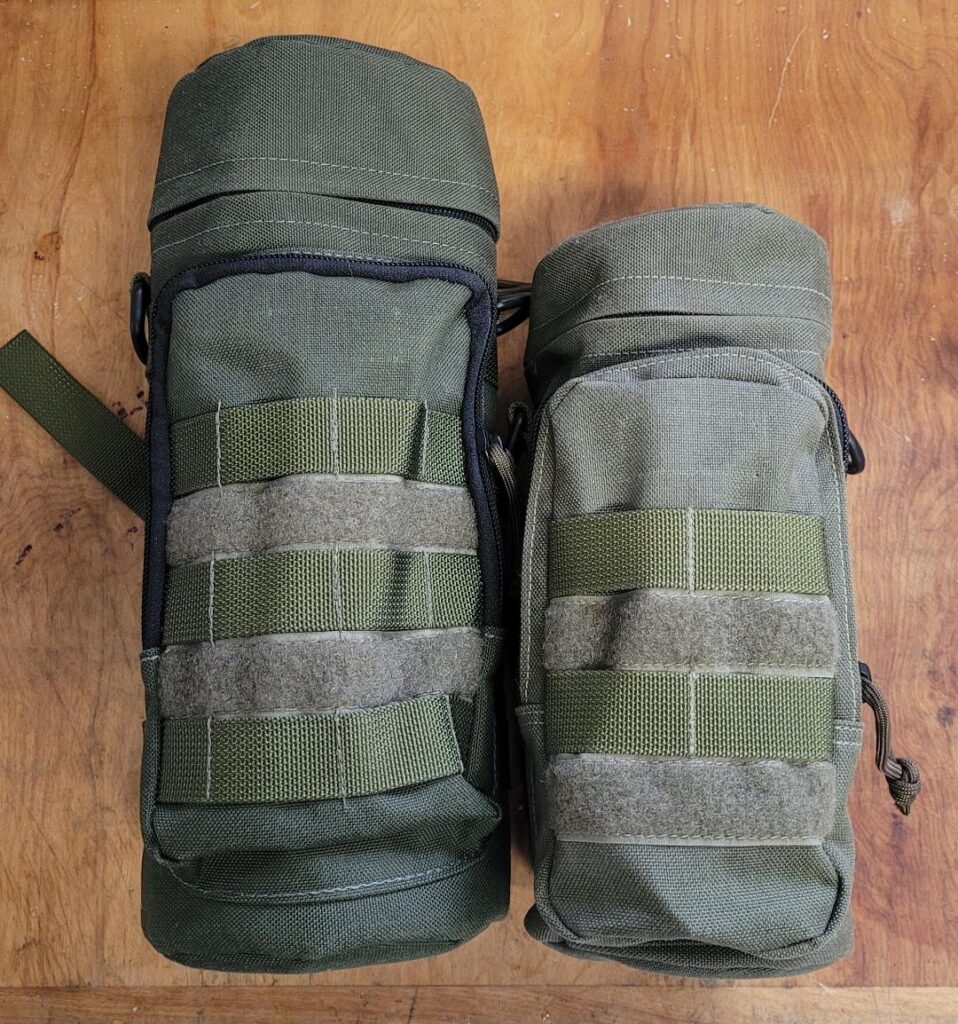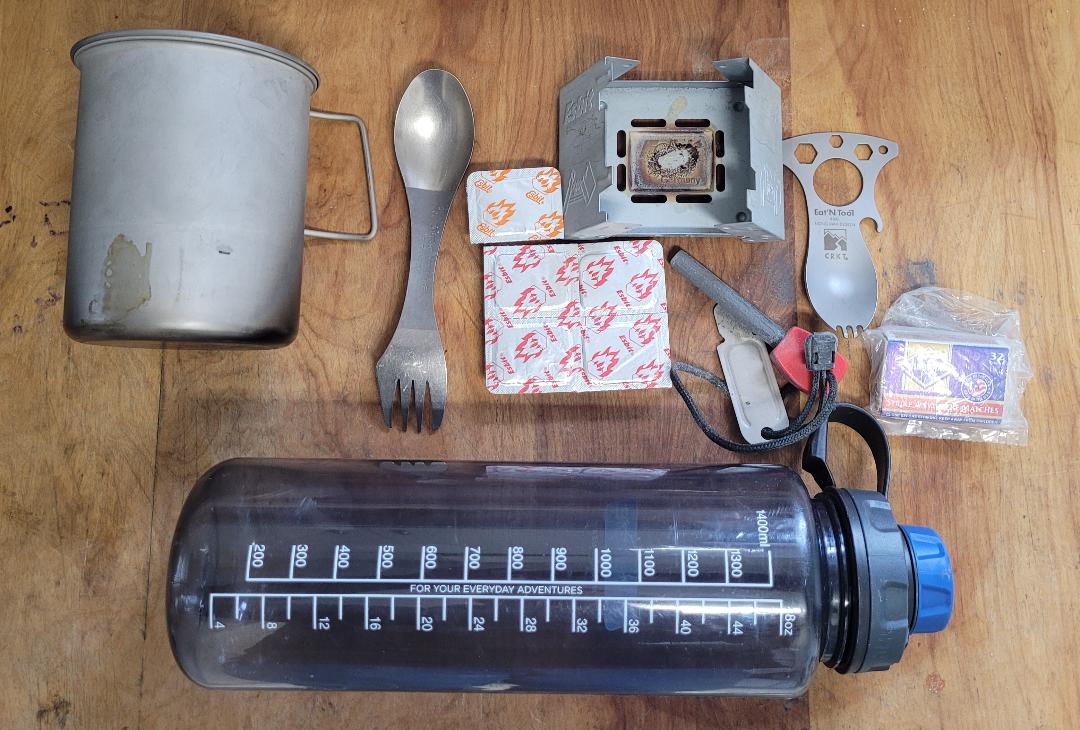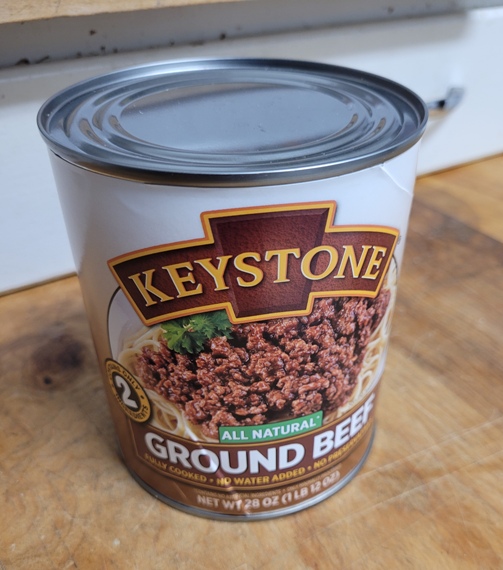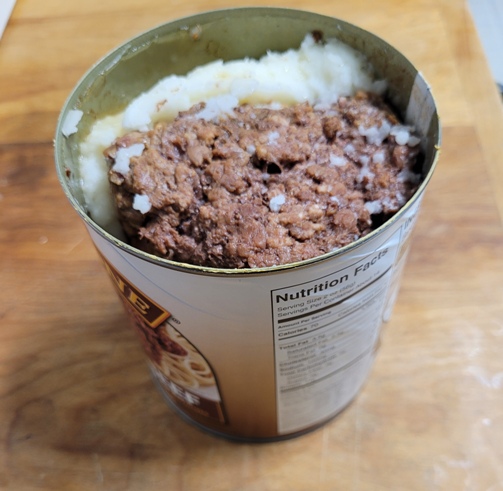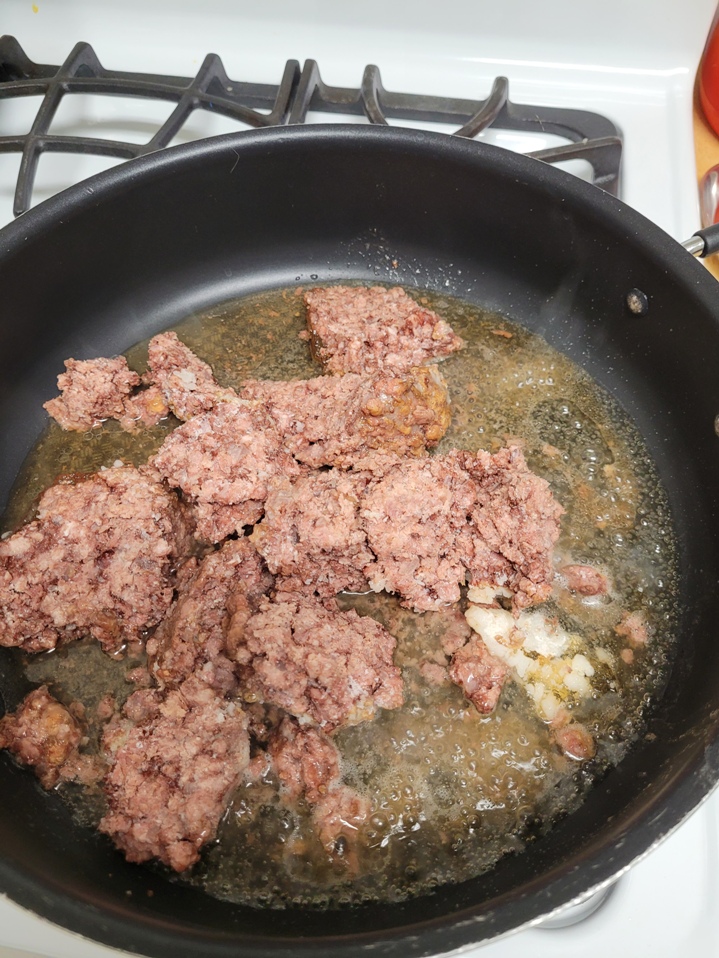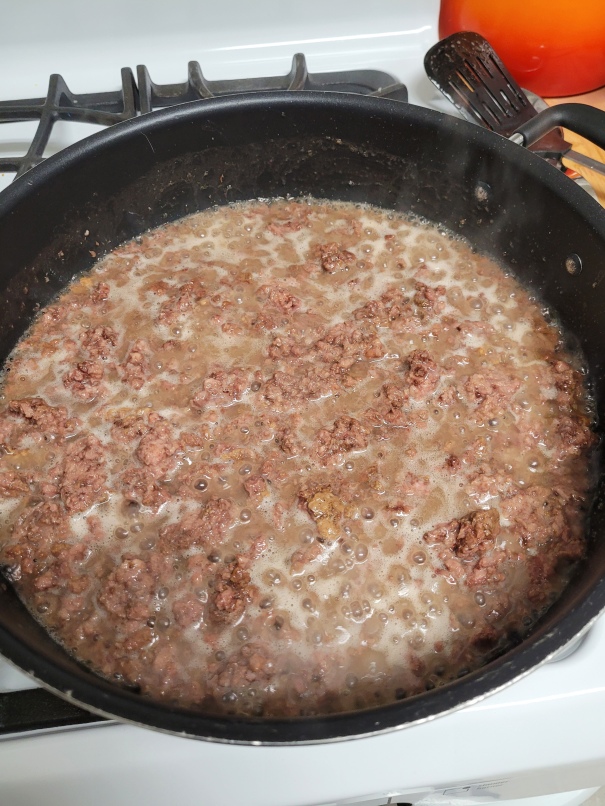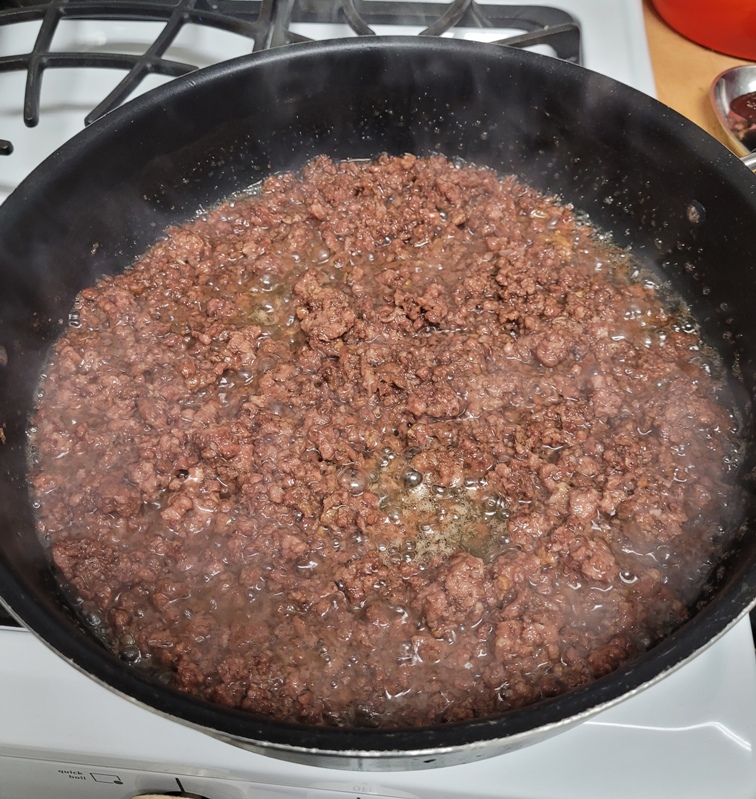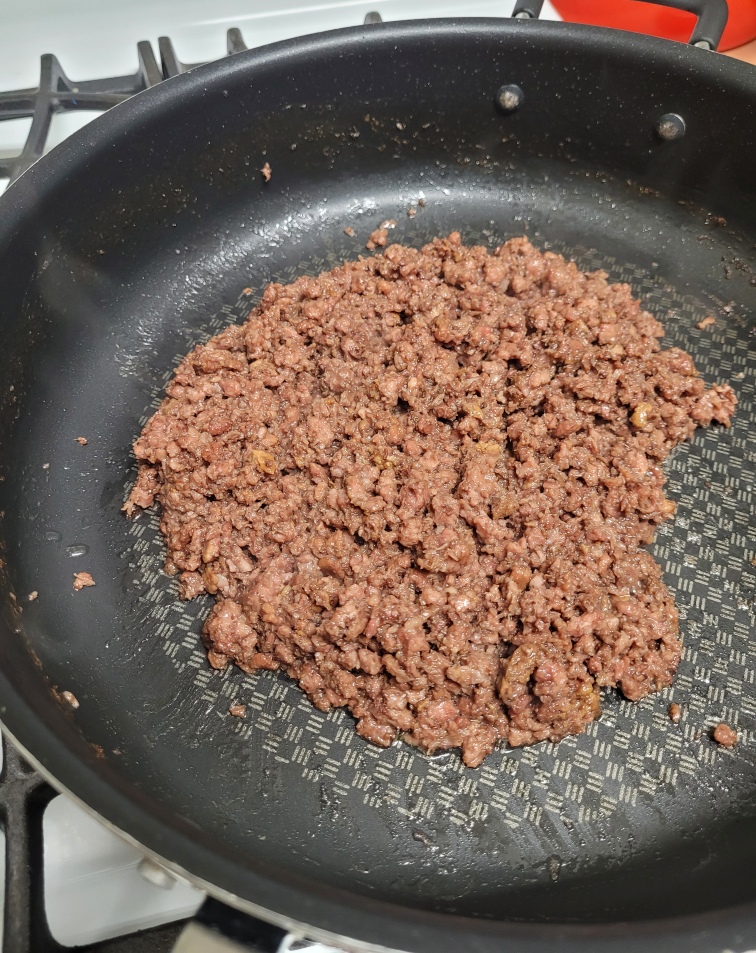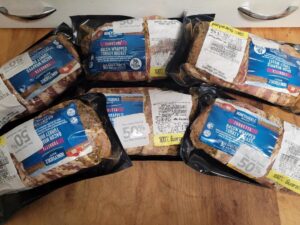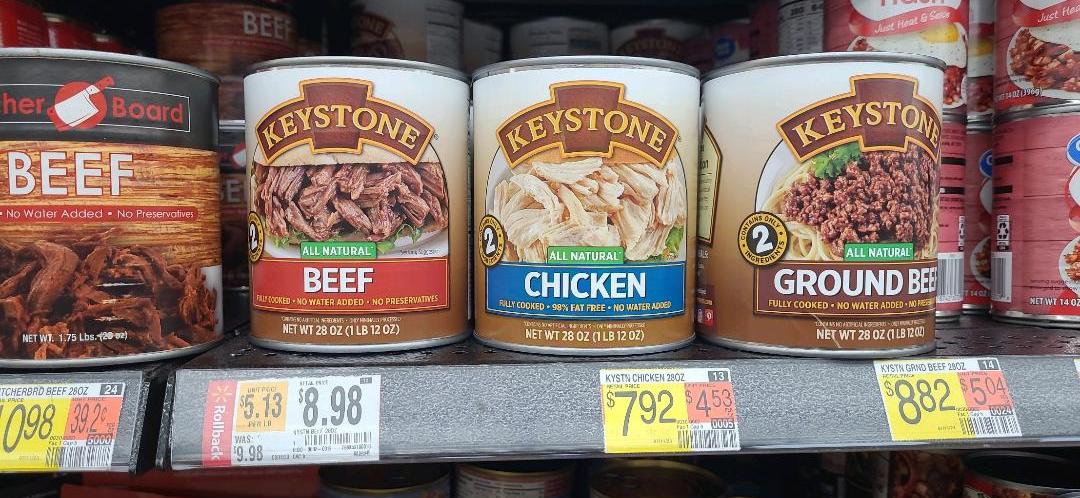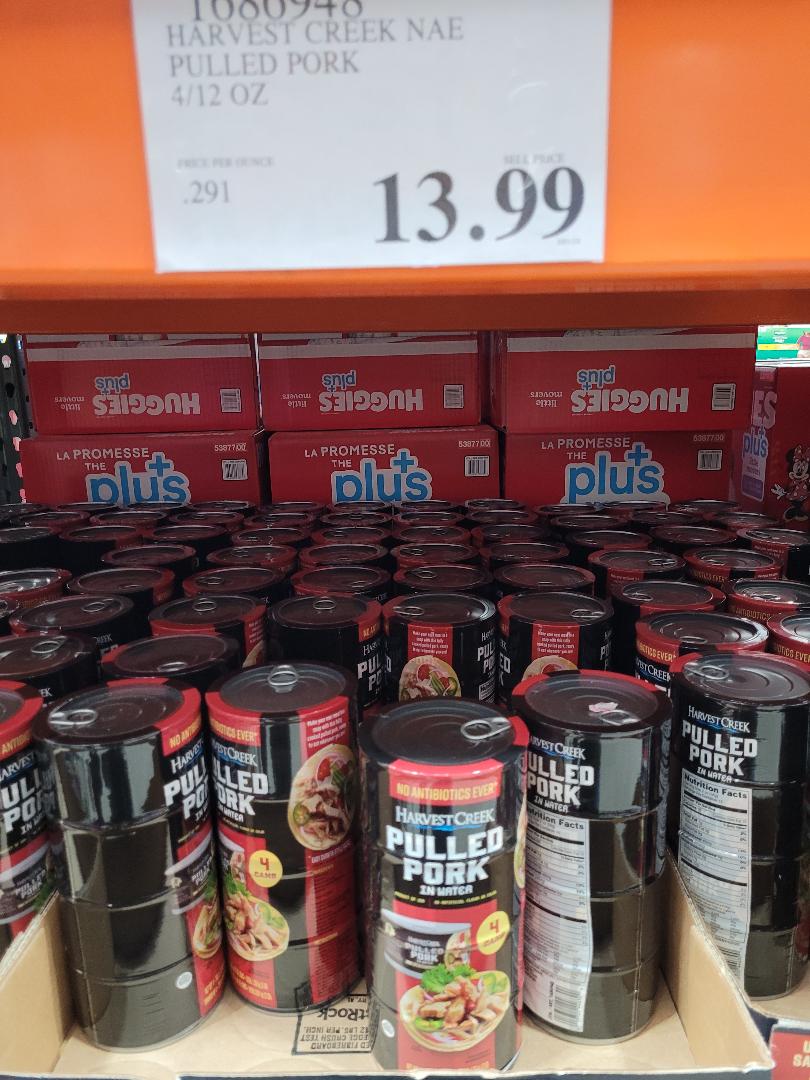Re-organizing my stuff, especially the long-term food, has me musing about the classic have vs. have-not conflict that we will see when the wheels fly off society…and that, to some degree, we are seeing now.
The apocalypse is going to come in several different flavors…civil war/disturbance, economic depression, huge natural disaster, pandemic, stray nukes…and it will, no doubt, at some point require that you be ready to maintain the safety and security of your loved ones and your home. But you know what happens far more often than the need to point a gun at someone? The need to eat.
I’m an old-school survivalist – being armed is right up there at the top of the list of things to be ready for. But I also have dang near thirtyfive years of being that old school survivalist behind me. In all that time, I have needed to eat far more times than I’ve needed to point a gun at someone. Not saying it wont happen…simply saying that, statistically, youll be more likely to be patting yourself on the back over your food stash than your gun and ammo stash.
In addition to keeping you from, y’know, dying, food has an excellent moral and motivational (Motivatory? Motivary?) effect – as the graphic on the MRE entree says: food is a force multiplier. Well-fed people are going to perform better than starving people. And starving people are desperate people who do desperate things..and doing desperate things is a great way to become someone who doesn’t need food at all…forever. So dont be a starving person who takes crazy risks out of desperation, and don’t be around starving people who are unpredictable and dangerous.
Having that resource of food also makes you a target. Truly desperate people…people who are cold, who are hungry, who are hopeless, who are watching their loved ones miss meals…are dangerous and unpredictable. Don’t be one of them and don’t let them know you’re there.
Right now we live in a world where people will literally kill you because they want your sneakers, think you cut them off in traffic, or simply want your cellphone. And thats in a world with 911, electricity, cops, and a somewhat-functioning society. Now imagine what it’ll be like when the only mechanism to keep the foot on the brake pedal of social chaos is whatever you’ve got in your holster or slung over your shoulder.
In a situation like that the person who can sit at home, safe and secure, and not have to venture out into the chaos looking for food and supplies has a tremendous advantage. Exponentially so if he’s there with his equally well-fed and well-armed family and friends.
It used to be that people first getting into preparedness/survivalism started off with a wild binge of gun and ammo buying, and everything that came after was done with far less rigor and enthusiasm. I have encountered quite a few people who had guns and ammo aplenty but put virtually no thought into food. A bunch of 2-liter pop bottles filled with rice and beans is better than starving…I guess. But you really should aspire for better than that.
And for the love of Crom, stock up on ‘regular’ food….the canned fruits, the jarred sauces and soups, the bags of pasta and rice, etc, etc. Expensive freeze drieds are awesome but when I suffer a small-scale EOTWAWKI like a job loss or 48-hour power failure, I’m going to be really reluctant to break into the $30 can of Mountain House Chicken and Rice and more likely to grab a $2 jar of spaghetti sauce and a $3 bag of pasta off the shelf.
Guns and radios and fuel and all the other sexy stuff is important, no doubt, but water and food are always going to get more use and demand than pretty much anything else you can store. It’s absolutely worth thinking about what youre stocking up on, how much of it you’re putting away, and how youre going to use it. Certainly thats where my mind is these days.


